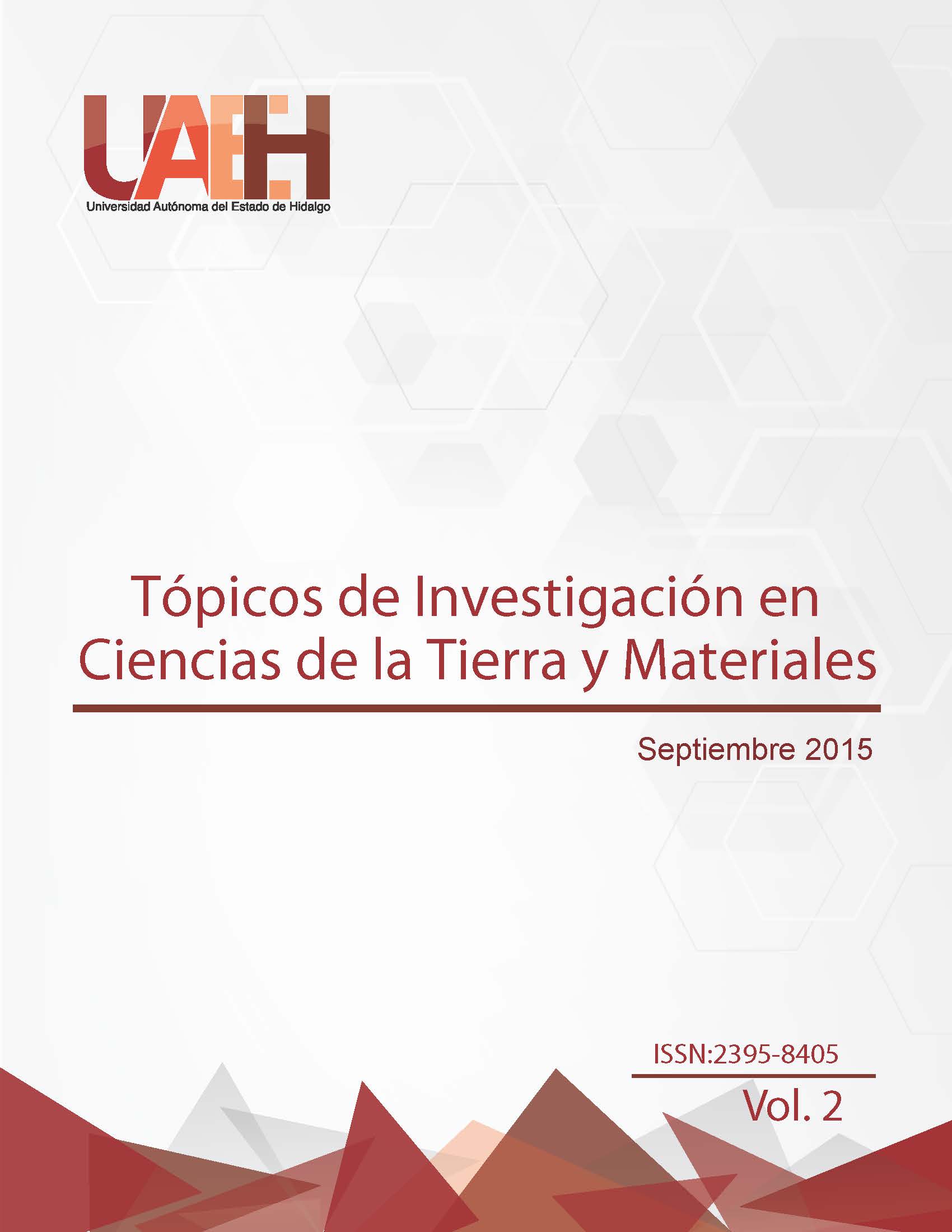Description of folded geological structures using differential geometry
Abstract
Traditionally, in structural geology the description of folds has been made by means of the cylindrical model. Consequently, the fundamental geometric information is reduced to 2D because in the cylindrical model, all sections perpendicular to the fold axis are identical. On the other hand, the progressive use of 3D data such as GPS, remote sensing, 3D seismic reflection etc. has promoted the application of differential geometry in the description of folded structures. Therefore, differential geometry has become a new and powerful tool to rigorously quantify both, the modeled and measured geometry of geologic structures. In this work, the concept of geologic curvature is applied for the description of folded structures by using differential geometry. Additionally, the use of this method is strongly suggested, because it provides a reliable framework for the quantitative description of either, plane and curved surfaces. For such, a sample application is presented here for the analysis and quantification of geologic folds through graphic representations and compiled MATLAB® codes. An illustrated comparison between the traditional method and the differential geometry for the description of geological structures is presented here, by taking into account the versatility, efficiency, and benefits of each. Finally, a worked example is presented to illustrate the use of differential geometry in the modeling of folded structures; bearing in mind that modeling is a fundamental component of modern Structural Geology and critical for the actual exploration techniques, e.g. oil, mining, etc.
Downloads
References
2. KUNZINGER, M. Differential Geometry 1. Lecture Notes. 2008. URL http://www.mat.univie.ac.at/~mike/teaching/ss08/dg.pdf.
3. MYNATT, I. BERGBAUER, S. and POLLARD, D. Using differential geometry to describe 3-D folds. Journal of Structural Geology, 2007, Vol. 29, p. 1256-1266.
4. LISLE, R. and TOIMIL, N. Defining folds in three-dimensional surfaces. Geology, 2007, vol. 35, p. 519-522.
5. BERGBAUER, S. The use of curvature analysis of folding and fracturing with application to the Emigrant Gap Anticline, Wyoming. PH.D Thesis, Stanford University, Stanford.
6. PHILLIPS, FC. Use of the stereographic projection in structural geology, Hodder & Stoughton Educational; 3rd edition, ISBN-13: 978-0713123418, 1977, p. 96.












